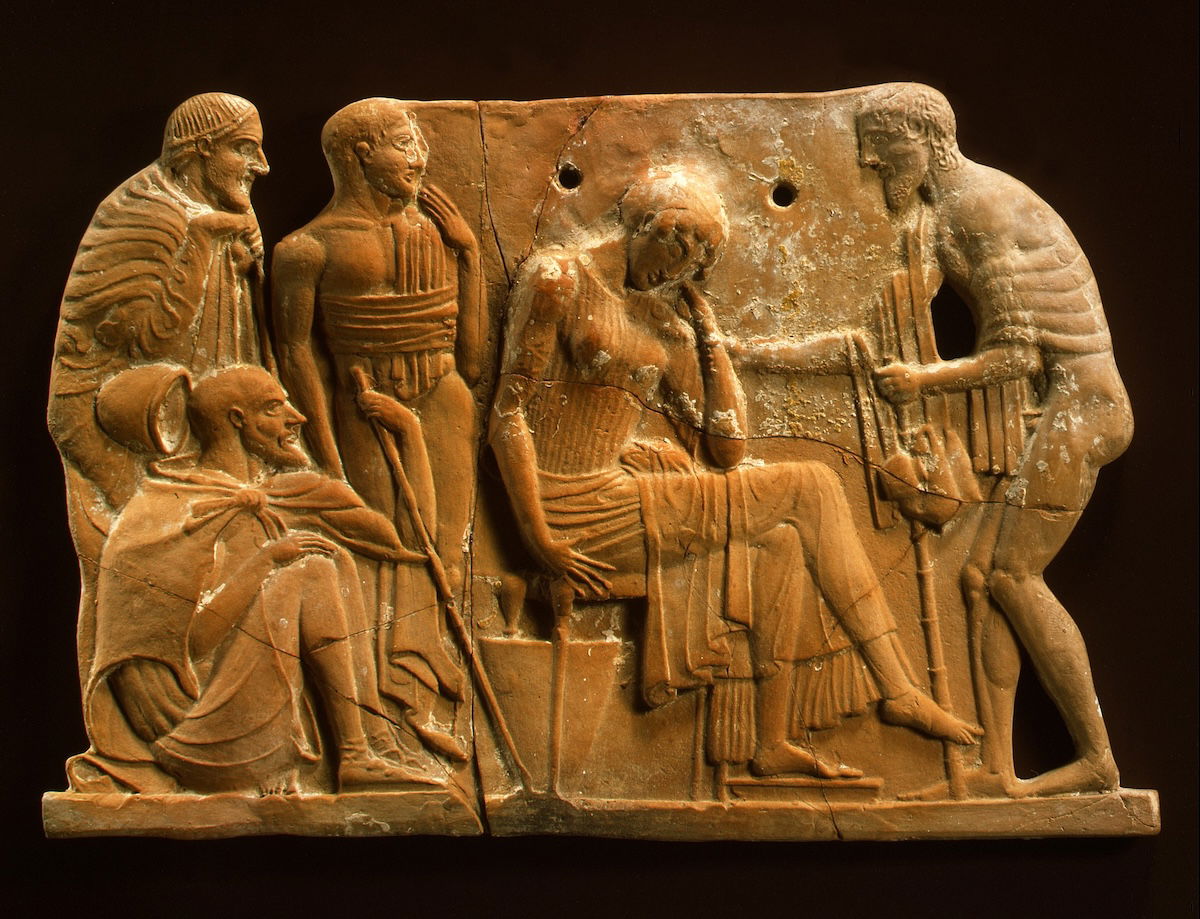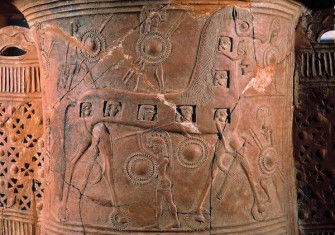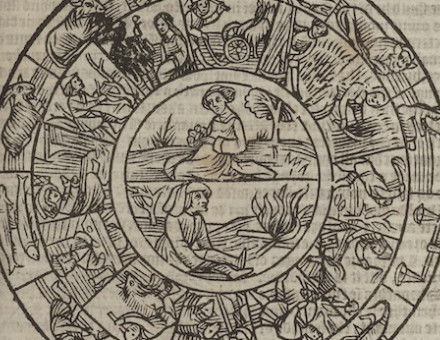The Heroic Remains of Homer’s Odyssey
For those living on the Greek island of Ithaka, The Odyssey is written all around.

About a mile north of the Ithakan town of Stavros, halfway up a mountain, lies an archaeological site traditionally known as the School of Homer. It is a Mycenaean-era palace complex, with roads, staircases, courtyards, chambers, all constructed of massive, expertly hewn stone. It has been excavated, but is all the more evocative for being entirely unreconstructed.
A large model of the complex, made in 2013, is proudly displayed in the town square. It is accompanied by an elaborate descriptive key. This invokes many references to architectural details from Homer’s account of Odysseus’ eventual homecoming: the threshold, where the goddess Athena, descending from Olympus, alighted; the entrance hall, where Odysseus, disguised by Athena as a beggar, fell asleep in a corner; his son Telemachus’ bedchamber; that of his wife Penelope, with the marital bed Odysseus himself had built decades before; and so on. Every feature mentioned in The Odyssey is reproduced and identified in the model. In the key’s rendering of the incognito Odysseus’ words to his helper, the swineherd Eumaeus:







